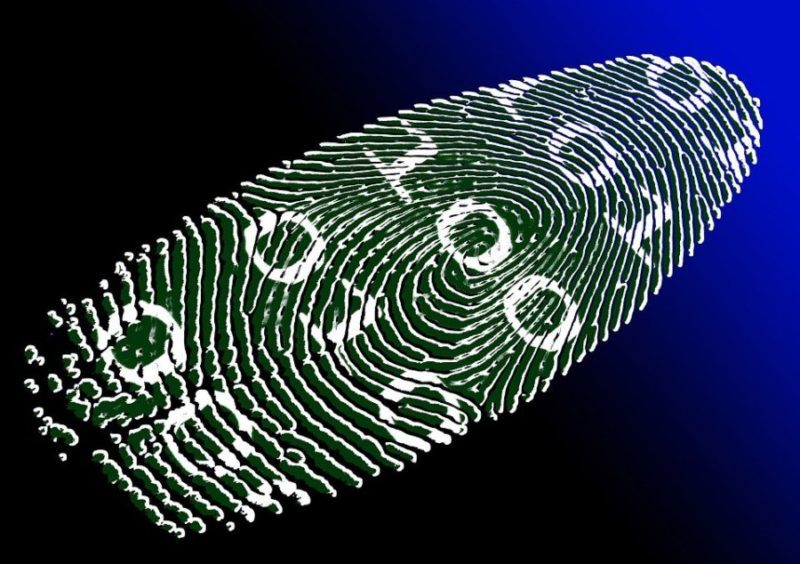What is the Virtual Land in the Metaverse and How to Make Money with NFTs?
Virtual land in the metaverse is a virtual piece of land in a virtual world, generally, be labeled as “land”. The ownership of the land can be transferred to other people by following certain procedures. The ownership can also be traded for other digital items such as crypto-collectibles (NFTs).
NFTs are non-fungible tokens that are used for representing different types of digital assets on the blockchain. These tokens come with unique identifiers and transaction histories which allow them to be tracked and verified.
The owners of the NFTs can generate revenue through trading and selling these NFTs on cryptocurrency exchanges or through peer-to-peer trades.
What is the Virtual Land in the Metaverse and How Can I Buy and Sell It?
The Virtual Land in the Metaverse is a type of virtual real estate, like Bitcoin. The term “Virtual Land” refers to Virtual Reality (VR) spaces that are also called “simulations” which are being resolutely designed by developers to be sold. These developers have come up with a way to create virtual worlds that will have various uses for different people, such as work or entertainment.
Buying and selling Virtual Land is very similar to buying and selling Bitcoin because it’s decentralized and unregulated just like Bitcoin.
The virtual land in the metaverse can be used for any number of things, such as real estate. They are an asset that people can buy and sell, and they have some properties and characteristics that make them more valuable than traditional real estate.
One of these characteristics is scarcity: while some digital real estate can be duplicated, there is a limited number of virtual lands in the metaverse.
How ‘Non-Fungible Tokens’ are Different From Your Traditional Cryptocurrency
Non-Fungible Tokens are digital assets that are uniquely identifiable and cannot be substituted for other items. Non-Fungible tokens are different than traditional Bitcoin and Ethereum tokens. They are not divisible and there is a finite number of them in the world.
Non-fungible tokens cannot be subdivided like Bitcoin or Ethereum, but they can represent something with real value. NFTs can be used to represent any digital or physical asset such as diamonds, gold, land titles, stocks, and so on. Digital objects such as video game items and crypto trading cards could also be represented by NFTs.
Non-fungible tokens are “tokens” that are given to us in digital form. They can be thought of as similar to baseball cards, but the cards in this case are not tradable. These tokens can represent anything. For example, in the gaming industry, this could be the unique skins of the different characters of a game, or even in real estate, it could be property values.
What they represent is a singular item. These can be things like a specific car, a house, or any other tangible thing. The idea is that these tokens can represent ownership of an object and its various characteristics such as color or size.
Non-fungible tokens are starting to become popular in the gaming industry. The more popular they get, the more industries will be affected by them. In some cases, they can even replace your traditional cryptocurrency.
Also, read – How NFT is bringing Metaverse to life
Why Non-Fungible Tokens Will Become More Popular Than Regular Tokens by 2022
NFTs are a new token standard that has been gaining a lot of popularity. They are promising because they could fundamentally change the way that we interact with digital assets.
Fungible tokens can be summed up as tokens that represent other assets. For example, cryptocurrencies represent monetary value and shares represent ownership rights to companies. NFTs create tokenized versions of physical objects which cannot be replicated or destroyed.
This unique token type has many use cases and is transforming the way we interact with digital assets from collectibles to digital art pieces, from online gaming items to land deeds, and more importantly, it is creating a new class of “digital scarcity” where the quantity of a single item is limited by its design or its creator’s choice to share it with others.
NFTs provide a means for the creator of the token to prove ownership by transferring it to another party. They can be owned and transferred without any centralized third-party involved.
Vacation Villas give you ownership of REAL assets
I’m super excited about this project!
Check Out Vacation Villas OpenSea : https://t.co/RPPM9FYNOR#NFTCommunity #NFTs #NFT #NFTGiveaways #NFTGiveaway #NFTCollection #NFTpromotion pic.twitter.com/1MboZ8J8gB
— Leeky | NFT Promoter (@LeekyNFT) May 4, 2022
The Future of Digital Real Estate Looks Promising with NFTs
Ever since the introduction of blockchain and cryptocurrencies, there has been a lot of hype and speculation about how it will impact our lives. And we can’t deny we’ve seen some pretty promising applications for blockchain as well as cryptocurrencies such as Bitcoin.
The Future of Digital Real Estate Looks Promising with NFTs. The future of digital real estate has never looked brighter.
We can expect to see NFTs and 3D models start to replace the traditional 2D listing and map views. NFTs will provide a better representation of the space and allow users to explore the property in 3D. 3D models will also reduce the amount of time spent on visualizing designs for clients, as well as speeding up their construction process.
The future of digital real estate looks really promising with NFTs.
Stay informed with daily updates from Blockchain Magazine on Google News. Click here to follow us and mark as favorite: [Blockchain Magazine on Google News].
Get Blockchain Insights In Inbox
Stay ahead of the curve with expert analysis and market updates.
latest from tech
Disclaimer: Any post shared by a third-party agency are sponsored and Blockchain Magazine has no views on any such posts. The views and opinions expressed in this post are those of the clients and do not necessarily reflect the official policy or position of Blockchain Magazine. The information provided in this post is for informational purposes only and should not be considered as financial, investment, or professional advice. Blockchain Magazine does not endorse or promote any specific products, services, or companies mentioned in this posts. Readers are encouraged to conduct their own research and consult with a qualified professional before making any financial decisions. The featured image used is just a creative depiction of the title and it does not intend to hurt sentiments of any person or institution. If it hurts anyone sentiments, please do not hesitate to reach out to Blockchain Magazine.

 Bitcoin
Bitcoin  Ethereum
Ethereum  XRP
XRP  Tether
Tether  Solana
Solana  Dogecoin
Dogecoin  USDC
USDC  Cardano
Cardano  Lido Staked Ether
Lido Staked Ether  TRON
TRON  Chainlink
Chainlink  Avalanche
Avalanche  Wrapped stETH
Wrapped stETH  Stellar
Stellar  Wrapped Bitcoin
Wrapped Bitcoin  Sui
Sui  Hedera
Hedera  Toncoin
Toncoin  Shiba Inu
Shiba Inu  WETH
WETH  Polkadot
Polkadot  Parkcoin
Parkcoin  LEO Token
LEO Token  Litecoin
Litecoin  Bitcoin Cash
Bitcoin Cash  Bitget Token
Bitget Token  Uniswap
Uniswap  Official Trump
Official Trump  Hyperliquid
Hyperliquid  Wrapped eETH
Wrapped eETH  Pepe
Pepe  USDS
USDS  NEAR Protocol
NEAR Protocol  Ethena USDe
Ethena USDe  Aave
Aave  Aptos
Aptos  Internet Computer
Internet Computer  Ondo
Ondo  Ethereum Classic
Ethereum Classic  Monero
Monero  POL (ex-MATIC)
POL (ex-MATIC)  OKB
OKB  Cronos
Cronos  Mantle
Mantle  Dai
Dai  Algorand
Algorand  MANTRA
MANTRA  Render
Render 




